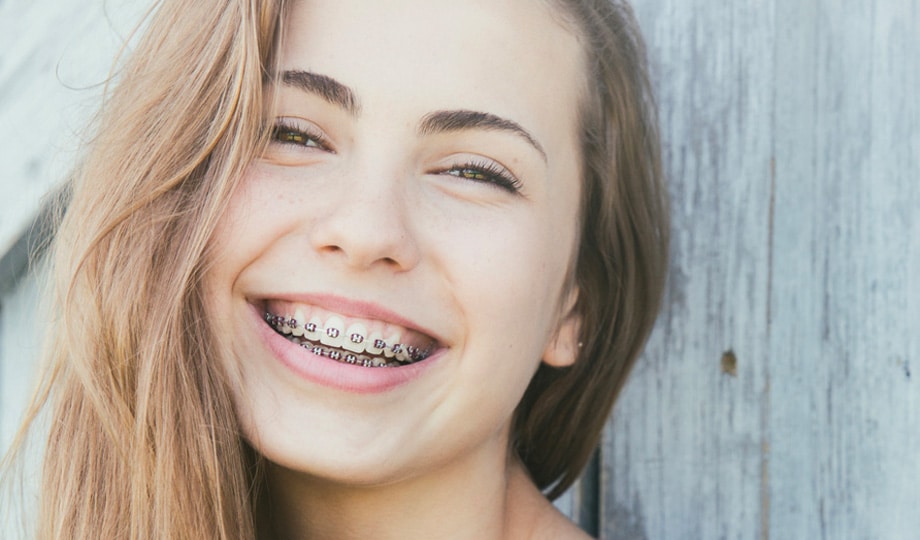An ideal bite is important to your oral health. A malocclusion occurs when teeth don’t fit together properly. In some cases, the teeth don’t fit together at all. Every person has a bite as unique as they are, but there are some common bite issues that orthodontic treatment seeks to correct.

- Crossbites occur when the upper teeth fit inside of the lower teeth. A crossbite can affect only one tooth or multiple teeth and should be corrected before it can cause additional issues, such as lopsided jaw growth and wearing down of the enamel of the teeth.
- Underbites occur when the lower jaw sits in front of the upper jaw so the lower teeth overlap the top teeth. If not corrected, underbites can lead to tooth wear and abnormal stress on the jaw.
- Open bites occur when the back teeth come together but the front teeth do not meet at all. This is often caused by extended thumb sucking, pacifier use, tongue thrusting, or mouth breathing. Open bites can also appear in the posterior, where the front teeth meet but the back teeth do not. If not corrected, an open bite can cause chewing, swallowing, and speech issues.
- Deep bites occur when the upper front teeth cover too much of the bottom front teeth. In some cases, the upper teeth may bite into the lower gums or the lower teeth may bite into the roof of the mouth. If not corrected, deep bites can lead to wearing down of the enamel and the potential for gum disease.
- Crowding occurs when there is insufficient space for all of the teeth. This can be due to large permanent teeth and/or a jaw that is too small. The teeth can rotate, overlap, or become crooked/staggered in appearance. If not corrected you are at a higher risk for decay and gum disease because crowded teeth are more difficult to clean.
- Spacing occurs when there is too much space between the teeth and can be due to small teeth or oversized jaws. If not corrected, improper spacing can lead to decay and gum disease.
- Protruding teeth are often referred to as buck teeth. This can occur for several reasons – an upper jaw that sits too far forward, a lower jaw that sits too far back, or teeth that have grown in at an angle. If not corrected, protruding teeth have a higher risk of breakage and injury. It may also be uncomfortable to close the mouth, which can lead to drying out of the oral tissues. This places the patient at a higher risk for decay. Patients may also experience speech issues.

Untreated malocclusions can worsen over time, leading to a host of oral health issues. The younger the patient is at the time of correction, the easier treatment will be. Orthodontic treatment will correct the malocclusion, allowing for better speech, improved biting and chewing ability, and a straighter, healthier smile.


